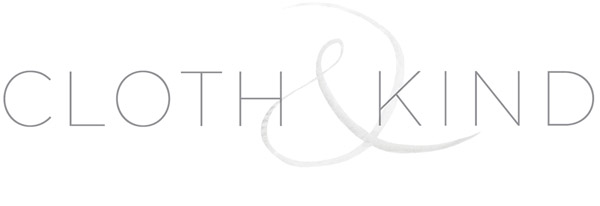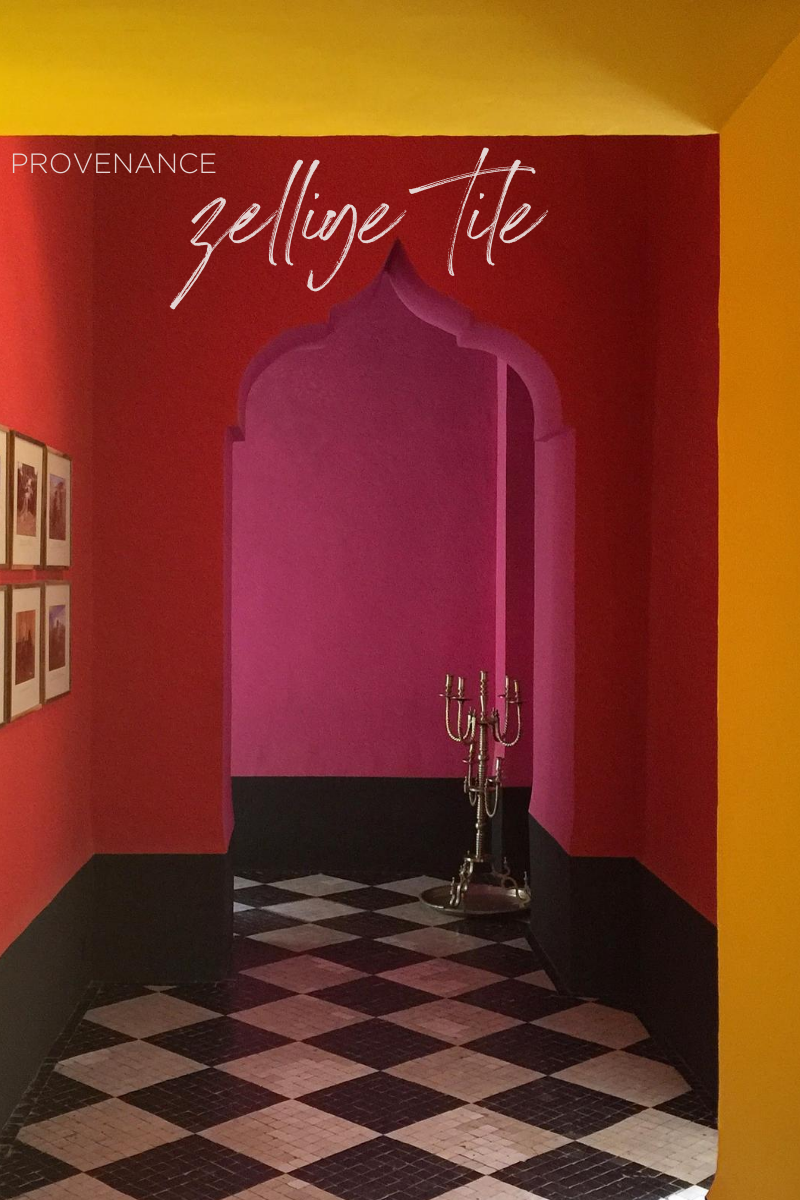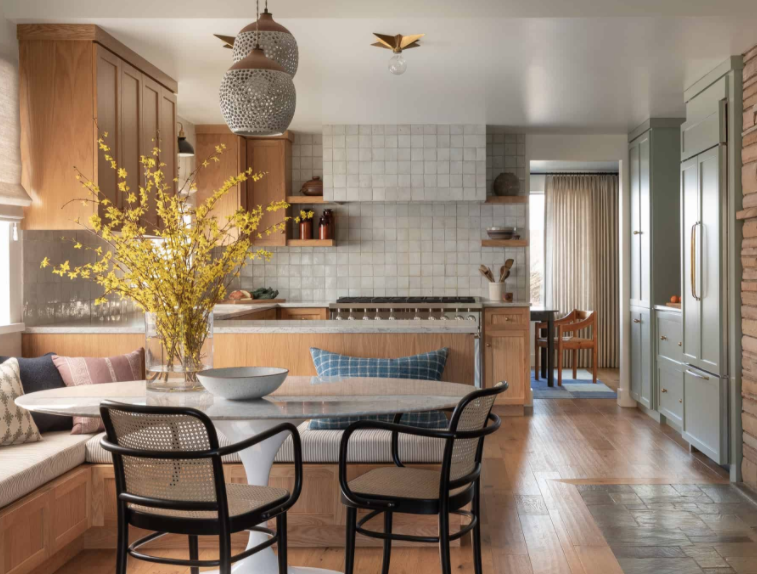By Madi Bland
Zellij - often referred to as Zellige or Zelige - is a moorish art form that is heavily featured in Moroccan architecture. We have long since had an incredibly deep appreciation and affection for zellige and its imperfect charm - but especially so after our trip to Marrakech a few years ago with our dear friends, Holly Phillips of The English Room, Julia Buckingham of Modernique Inc. and Cathy Austin of Catherine M. Austin Interior Design. We need to digress for a hot second - that insane shot above was one we snapped while lunching at the infamous El Fen hotel and below - that’s us riding CAMELS in the Atlas Mountains - you know, just another day in the life (ha!) It truly was the trip of a lifetime, y’all! To see more of our African adventure, check out the hashtag we used on our travels and for the Instagram Takeover we did for Traditional Home.
Ok, so back to the subject matter. If you’re not yet familiar, Zellige is an ornamental Moroccan handicraft technique of tile work dating back to the early 10th century. In Arabic, zellige means ‘little polished stone’ - how adorable, right?! The art of making zellige tile involves assembling different colored and shaped fragments of glazed terracotta tiles to form geometric patterns that can repeat. Initially, color palettes were limited to varying shades white and brown. Stunning in its simplicity, but eventually with growing cultural importance and usage of this technique, the color palette expanded.
But before more colors, first there was the creation of geometric patterns in the 11th century. The art of Zellij became extremely popular in the Azulejo period in the regions of Maghreb and Al-Andalus (or Spain as we now call it).
As more time passed, additional developments were made to the craft of these charming tiles. During the 14th century, The Nasrid Dynasty and Merinid Dynasty embraced the art form, enhancing it with the addition of much needed colors (yay for COLOR!) - green, blue and yellow.
By the 17th century, colors became increasingly popular within zellige applications and, ultimately, the color red was added to the mix, creating a even more vibrant palette.
Each color had its own meaning and symbolism within Islamic culture - the basic colors of black, white, and brown represented the spirit. When the colors blue, yellow, green, and red were added the story evolved - blue stood for the dry and cold earth, yellow for hot and moist air, green for cold and moist water, and - lastly - red for dry and hot fire. These days, and fortunately for us creative types - this gorgeous tile is available in a veritable rainbow of hues like this delicious Fallen Citrus combo.
Here’s a smattering of some of the insanely gorgeous zellige that we personally spotted in and around Marrakech - it is literally everywhere!
In the 20th century, the import of glazes became prevalent - they were integrated with the conventional colors, offering an even greater abundance of variation, uniqueness, and creative choice when it came to zellige applications.
Many sects of Islam forbid the representation of living creatures and people in art, which is why traditional zellige tile features basic geometric shapes: squares, diamonds, triangles, stars, and the likes. Below, the Saadian Tombs in Marrakech at The Chamber of Lalla Masuda.
The craft of zellige is an ancient and intricate art form, with no room for shortcuts. Zellige begins with a piece of burnt soil; the soil is then mixed with water and then dye is added top create a vibrant color. Tiles are then placed outside to dry naturally in the sun before they are placed in a special oven to bake.
The next step is to draw on the design in preparation for cutting. Often times a zellige template will be used which features desired shapes and sizes to fully utilize the tile. After the template is hand-drawn, the tile is then given to the ‘cutter’. This craftsperson tends to sit on the floor next to a heap of stones – which is in fact their workspace area.
The cutter must be accurate and their skill has been mastered through years of meticulous training. An experienced cutter with proficient skills can cut up to 400 pieces of Moroccan tile each and every day. A tool known as a Menqach is used to do this job (it resembles a big and broad hammer, but both ends are cautiously sharpened). After the tile has been cut, the sharp edges are filed down and then the tiles are sorted depending upon their shape and color.
Thanks to incredibly skilled craftspeople, the art of zellige lives on and has taken on a rather modern life of its own. Designers and design lovers alike covet this tile and it has been used in myriad killer installations as well as served for pattern inspiration for everything from pillows to wallpaper and more. Check out just a few of our favorites below.
ARENT & PYKE //
HEIDI CALLIER DESIGN //
LAUREL HOME //
ETC.ETERA //
OUR ZELLIGE SOURCE //
Our go-to source for zellige is Clé Tile. They have a fabulous collection made from terracotta that we adore, plus they offer various sizes, shapes, and colors. Tami is currently renovating her own bathroom in Athens, GA with their Weathered White 4” x 4” tile. See the in-progress application below, which is also the same tile shown in the image from Clé at left.
GET THE LOOK // WALLPAPER
Don’t want to commit to tile? No sweat. Martyn Lawrence-Bullard’s collection for Cole & Sons brings zellige in the form of wallpaper.
One final tip. Check out this on-point article on Remodelista - 10 Things Nobody Tells You About Zellige if you’re considering it for your own home.
So there you have it! We can all but guarantee you’re now dreaming of where you can install some zellige in your own home, are we right or are we right? OH!… and we can help with that.











































